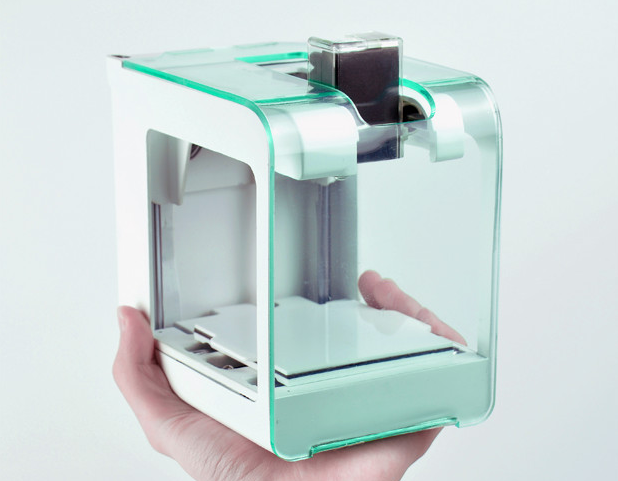The increasing proliferation of technology in every part of our lives has led to a similar increase in demand for those who understand it all. With hardware, electronics, and code all at the heart of today’s most used technology, it’s an incredible challenge for those interested to even start. Outside of teaching yourself or attending costly college-level courses, there aren’t too many resources for those starting from scratch.
The mission behind Pi-Top is simple: focus on teaching people how to create and code great hardware. Initially, the open source laptop is shipped in pieces: a 13.3″ HD LCD monitor, various PCBs, keyboard, trackpad, Wi-Fi adapter, wiring, battery, and a Raspberry Pi to control it all. Instructions are included to lead users in the Pi-Top’s construction, and serve as an introductory lesson to everything the Pi-Top does. Afterwards, it functions as a laptop dedicated to teaching the skills necessary to transform a pure novice into someone who can design printed circuit boards, 3D print, and code anything they’d want using free online lessons direct from the company. In addition, the Raspberry Pi’s HAT specification allows small add-on boards to add functionality, a consideration Pi-Top was built with. This allows users to program robots or have access to a variety of sensors for home automation, and with more HATs being released, there are a wealth of options for the curious tinkerer. All in all, the Pi-Top is truly an accessible product priced at $285 and many agree: the company’s $80,000 has been funded.
The Pi-Top does a great job in streamlining the process of learning a topic that has incredible depth. The free online courses demonstrate immediate, physical results and will be great at drawing users in and keeping them there, a leg up on what the Novena does. Even if it may contain beefier internals (and a similarly beefy price), the makers behind the Novena do nothing to at least expand your knowledge. The Pi-Top is very user friendly, and will prove to be a hit with those who take the plunge.
